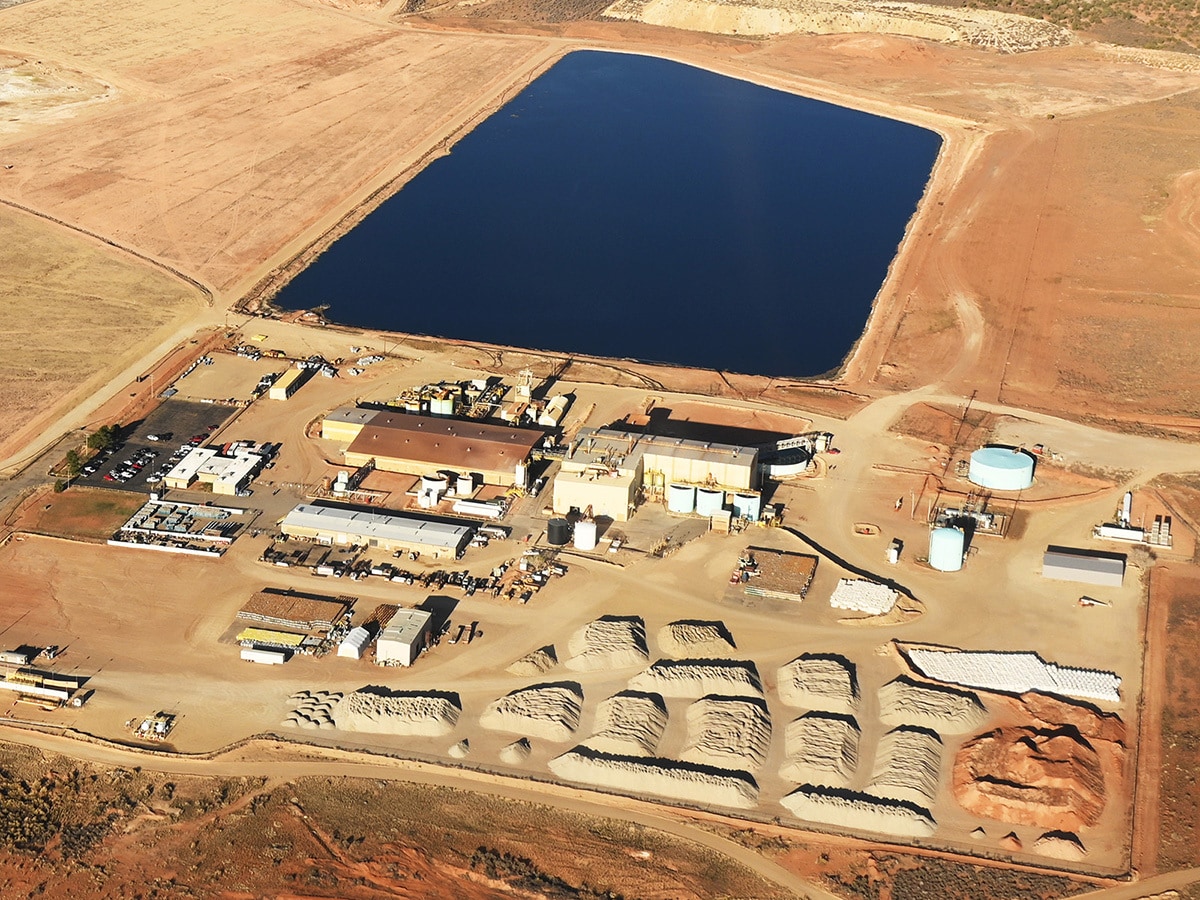Global X Uranium ETF has had a volatile start to the year, with uranium prices fluctuating since Russia’s invasion of Ukraine. However, signs that countries are looking to expand their nuclear power capacity could provide a much-needed lift.
The Global X Uranium ETF [URA] has benefitted from a recovery in prices and hopes of the world re-embracing nuclear energy following the Russian invasion of Ukraine.
The fund provides targeted exposure to a range of companies involved in uranium mining and the production of nuclear components. While its price is down 14.9% since the start of 2022 (through 22 July), the fund has trended upwards since the start of July, helped by a revival in the uranium spot price.
According to the most recent data from mining company Cameco [CCJ] — the ETF’s largest holding — the uranium price has risen from $47.75 per pound in May to $49.75 per pound in June, after trending above $50 in both March and April.
The Global X Uranium ETF’s high of $28.49, which it hit during intraday trading in April, had coincided with the rally in the price of uranium. While the fund has since pulled back, it is up 9.4% since 6 July to close at $19.31 on 22 July.
Uranium prices fluctuate since Russia-Ukraine conflict
Due to volatile uranium prices, the fund has been in flux since the Russian invasion of Ukraine in late February — given that Russia holds 43% of the world’s enriched uranium capacity.
Fears of a squeeze in the supply of uranium from both Russia and Ukraine as a result of disrupted trade routes and expectations that Russian supplies could be hit by sanctions saw the uranium spot price soar from $48.75 in February to $58.20 in March.
In turn, the Global X Uranium ETF share price surged from $21.03 in late February to close at $28.19 in mid-April.
However, the spot price dropped to $53 in April and $47.75 in May as fears of higher inflation and the prospect of a global recession hit sentiment. A cut in uranium purchases by the Sprott Physical Uranium Trust Fund [U-UN.TO] also impacted prices, as did a lessening in worries that the US and EU would sanction Russian uranium supplies.
How have the fund’s key holdings performed?
Given this volatility, the Global X Uranium ETF, which was launched in November 2010, has a year-to-date daily total return of -10.78%. As of 22 July, its net assets were worth $1.36bn.
It has 50 holdings, of which nuclear fuels product producer Cameco has the biggest weighting with 23%, followed by Kazakhstan’s national uranium producer NAC Kazatomprom [KAP.IL] (6.73%) and the Sprott Physical Uranium Trust Fund (6.69%).
The Cameco share price has largely mirrored that of the Global X Uranium ETF, jumping from around $20 in February to a 52-week high of $32.49 in April. It has since fallen back to close at $22.53 on 22 July.
Cameco posted a 37% year-over-year rise in revenues in Q1, helped by rising uranium prices in the first three months of the year. In the earnings call, CEO Tim Gitzel stated that: “We are well-positioned to continue to capture value from the market transition we believe is underway characterized by durable, full-cycle demand against a backdrop of growing concerns about security of supply.”
The global nuclear industry heats up
With long-term demand for nuclear energy potentially rising, the uranium price could continue to recover. In April, Bank of America raised its 2022 estimate for uranium to $60.70 per pound, 22% higher than the June spot price.
Around the world, countries are looking to expand their nuclear energy capacity. Japan, which had veered away from nuclear energy following the Fukushima power plant disaster in 2011, is reportedly seeking to have as many as nine nuclear reactors operating this winter, in an attempt to combat power shortages.
Germany, which for much of the past decade has also sought to distance itself from nuclear energy, is also considering extending the life of its three remaining plants. On 22 July, Bloomberg reported that chancellor Olaf Scholz has signalled the possibility of reversing plant closures planned for the end of this year amid the supply crunch.
The UK, meanwhile, has given the green light to a new nuclear power station Sizewell C and launched a £75m fund to boost nuclear power production on 19 July.
Disclaimer Past performance is not a reliable indicator of future results.
CMC Markets is an execution-only service provider. The material (whether or not it states any opinions) is for general information purposes only, and does not take into account your personal circumstances or objectives. Nothing in this material is (or should be considered to be) financial, investment or other advice on which reliance should be placed. No opinion given in the material constitutes a recommendation by CMC Markets or the author that any particular investment, security, transaction or investment strategy is suitable for any specific person.
The material has not been prepared in accordance with legal requirements designed to promote the independence of investment research. Although we are not specifically prevented from dealing before providing this material, we do not seek to take advantage of the material prior to its dissemination.
CMC Markets does not endorse or offer opinion on the trading strategies used by the author. Their trading strategies do not guarantee any return and CMC Markets shall not be held responsible for any loss that you may incur, either directly or indirectly, arising from any investment based on any information contained herein.
*Tax treatment depends on individual circumstances and can change or may differ in a jurisdiction other than the UK.
Continue reading for FREE
- Includes free newsletter updates, unsubscribe anytime. Privacy policy





